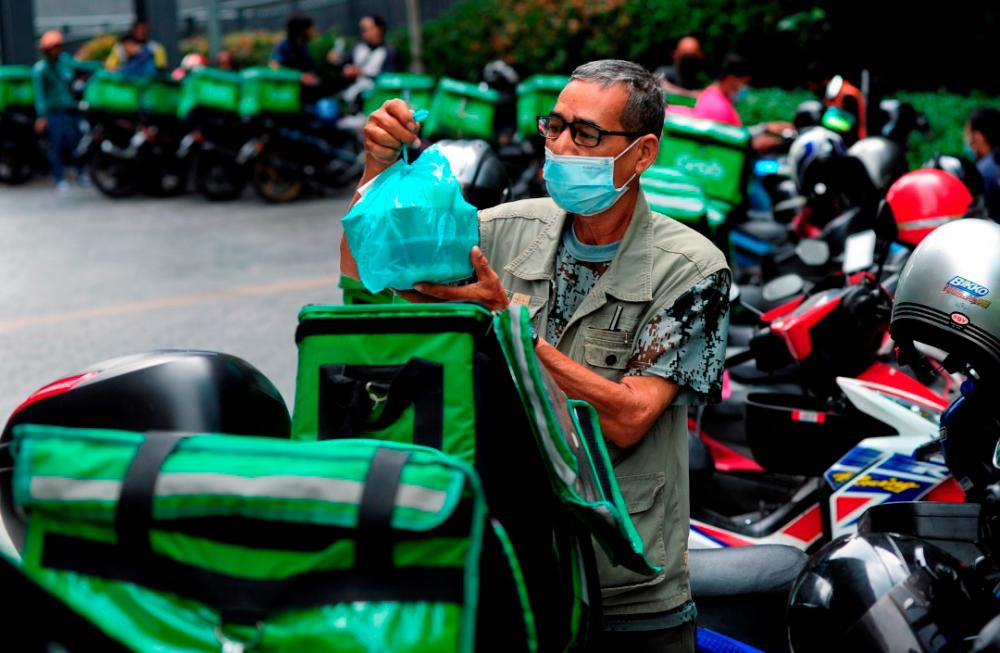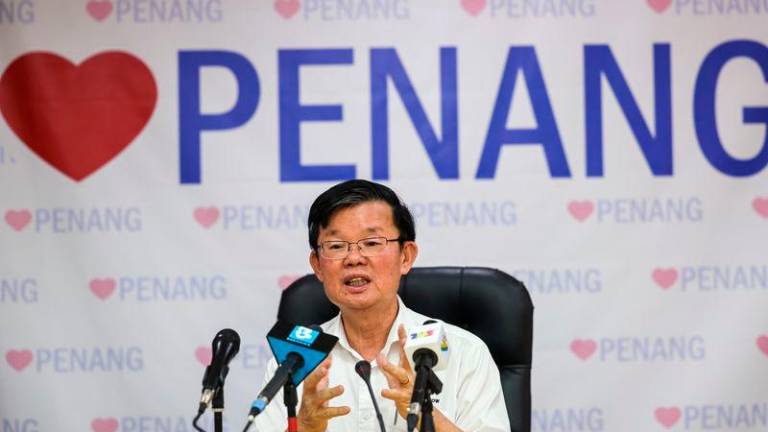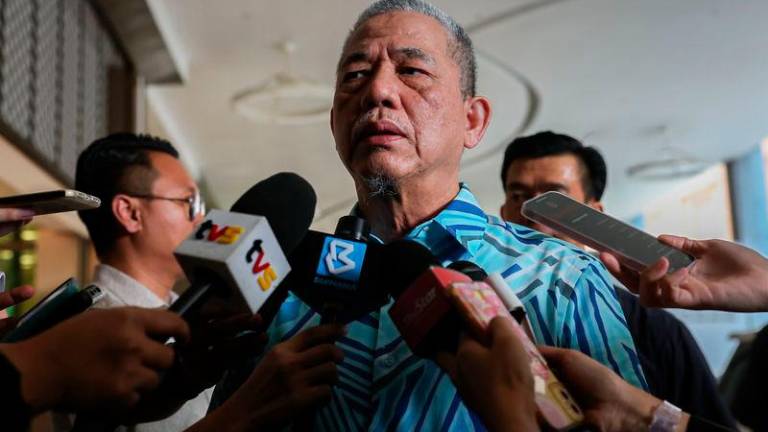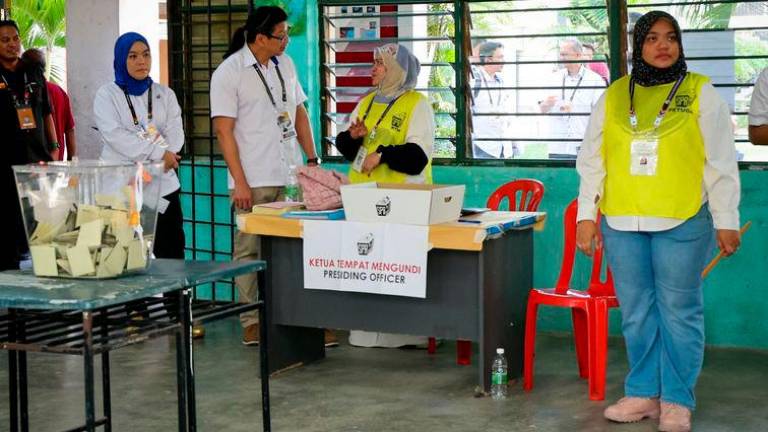PETALING JAYA: In the ongoing Covid-19 pandemic, when dining out is not possible, the food delivery service has given eateries a ray of hope.
However, the commission charged by the delivery service providers has become a point of contention.
Eatery operators complain that at 30%, it is exorbitant, but the service providers say that apart from paying the riders, there are other costs, such as marketing and insurance that they have to bear.
It has reached a point where restaurant and bistro owners are appealing to the government to intervene.
Some, like E San Thai Kitchen owner Leslie Lim, have begun to make their own arrangements to deliver food to their customers.
“On paper, (the commission charged) is 30% but with hidden costs, it is much higher,” Lim told theSun, describing it as unreasonable.
“The 30% commission is based on the gross price of the order and not the discounted price,” he explained.
For instance, if the original price of an item is RM50, the restaurant pays RM15 as commission for every order, although the customer gets a 20% discount. If the discount is taken into account, the commission should only be RM12, Lim pointed out.
He said for customers who phone in their orders directly, he now makes his own arrangements to have the food delivered.
In a recent report, Restaurant and Bistro Owners Association vice-president Jeremy Lim was quoted as saying that attempts have been made to get the government to regulate the industry, but to no avail.
“We were hoping that the delivery service providers could consider lowering the commission rate to 15% at least until January next year,” he said.
However, the service providers say the high commission is justified since it would be too costly for the food vendor to maintain his own fleet of riders and have a credible internet presence.
Recently, food delivery service DeliverEat co-founder Leong Shir Mein claimed that the service providers have to contend with the high expenditure of hiring a fleet or riders.
“That alone would have exceeded the 35% commission that we charge,” she was reported as saying.
“In any case, we believe it is proportionate to the revenue generated by these F&B businesses,” she added.
Leong said an independent food vendor would have to pay not just for starting its own delivery service but also to maintain it, without any guarantee that it would be profitable.
A spokesman for Grab said most of the commission goes into compensating the riders for their time, effort and distance travelled, apart from the delivery fee.
He cited insurance for riders, a 1% to 3% charge for payment by credit card, technical enhancements, marketing costs and customer service as expenditure to the service providers.
Economic Action Council executive director Noor Azlan Ghazali had recently pointed out that apart from keeping the restaurant business afloat, the delivery service is also a crucial source of income for the riders, a silver lining in the cloud of rising unemployment caused by the pandemic.
Pub and restaurant Richfield Corner managing director Allan Gunalan said he is resigned to the fact that he needs service providers such as Foodpanda and Grab to keep his business afloat.
“They charge 28% to 30%,” he said, adding that a more reasonable rate would be 10% to 15%.
He said occasionally, there are glitches in the system.
“Just last week, riders arrived to pick up the food even before we received the orders. We ended up rushing to cook the food. This causes delay for both riders and customers.”










